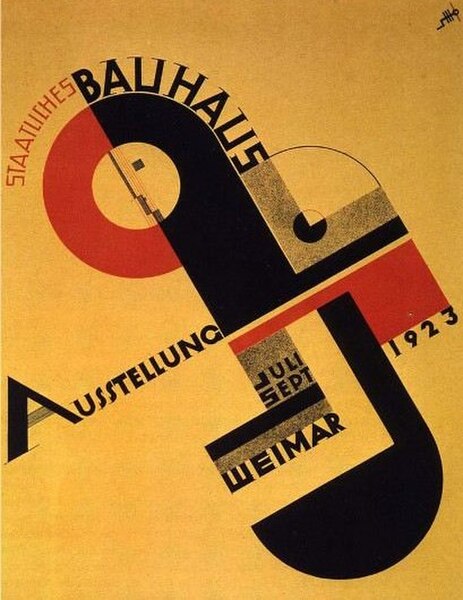Modern furniture refers to furniture produced from the late 19th century through the present that is influenced by modernism. Post-World War II ideals of cutting excess, commodification, and practicality of materials in design heavily influenced the aesthetic of the furniture. It was a tremendous departure from all furniture design that had gone before it. There was an opposition to the decorative arts, which included Art Nouveau, Neoclassical, and Victorian styles. Dark or gilded carved wood and richly patterned fabrics gave way to the glittering simplicity and geometry of polished metal. The forms of furniture evolved from visually heavy to visually light. This shift from decorative to minimalist principles of design can be attributed to the introduction of new technology, changes in philosophy, and the influences of the principles of architecture. As Philip Johnson, the founder of the Department of Architecture and Design at the Museum of Modern Art articulates:"Today industrial design is functionally motivated and follows the same principles as modern architecture: machine-like simplicity, smoothness of surface, avoidance of ornament ... It is perhaps the most fundamental contrast between the two periods of design that in 1900 the Decorative Arts possessed ..."

Three versions of Marcel Breuer's "Wassily Chair"
Eames Lounge Chair Wood (LCW)
Gerrit Rietveld's Red and Blue Chair
Mies van der Rohe's Barcelona chair
The Staatliches Bauhaus, commonly known as the Bauhaus, was a German art school operational from 1919 to 1933 that combined crafts and the fine arts. The school became famous for its approach to design, which attempted to unify individual artistic vision with the principles of mass production and emphasis on function. Along with the doctrine of functionalism, the Bauhaus initiated the conceptual understanding of architecture and design.
Typography by Herbert Bayer above the entrance to the workshop block of the Bauhaus Dessau, 2005
Bauhaus founder Walter Gropius (1883–1969)
Poster for the Bauhausaustellung (1923)
The main building of the Bauhaus-University Weimar. Built between 1904 and 1911 and designed by Henry van de Velde to house the sculptors' studio at the Grand Ducal Saxon Art School, it was designated a UNESCO World Heritage Site in 1996.








